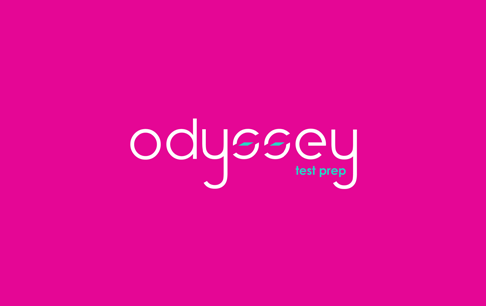How to Prepare for the Digital LSAT and Avoid Test Day Surprises

If you’re gearing up to take the LSAT, it’s not just about mastering logic games or reading comp. You also need to prepare for the format of the exam. That means getting used to the digital interface, test-day tech requirements, and small variables that can impact your performance.

Here’s what you need to know to prepare for the digital LSAT effectively and set yourself up to perform your best on test day.
Why Digital Practice Matters More Than You Think

Plenty of students still use books or PDFs when studying. That’s fine for review and drilling, but when it comes to full-length practice tests, you need to be practicing in the actual interface you’ll use on test day: LawHub.
Other platforms like 7Sage and LSAT Demon offer great analytics and smoother user experiences, but they aren’t built to replicate the quirks and constraints of the real thing. In fact, per LSAC’s licensing rules, no company is allowed to reproduce the LawHub interface. Practicing in LawHub is the only way to get true-to-test conditions.
Why this matters:
-
LawHub’s interface is clunky. The clock is fixed. The flagging feature behaves differently.
-
You’ll face screen fatigue. If you’ve been prepping on paper, the transition will be noticeable.
-
Getting used to those variables in advance helps you stay calm and focused when it counts.
Pro Tip: Take at least 6 to 10 full-length timed practice tests in LawHub. Use the same laptop, mouse, and setup you’ll use on test day.
Practice Like It’s Game Day
Your competitors are already practicing under real conditions, and you should be too. Don’t just drill problems casually. Prepare for the digital LSAT by practicing how you’ll actually take it:
-
Use the official LawHub interface
-
Follow real timing and break rules
-
Take tests at the same time of day as your official LSAT
-
Use the same laptop, mouse, and test-day environment
This helps reduce anxiety and minimize surprises. A glitchy mouse, screen brightness, or even unfamiliar text size can throw you off if it’s the first time you’re encountering it.
Minimize Surprises to Maximize Focus
Here are some key ways to control the controllables:
-
Close other apps. The proctoring software isn’t lightweight, so free up bandwidth.
-
Avoid tech issues. Plug in your laptop, use a wired mouse, and don’t let small things become big problems.
-
Prepare your body too. Build your sleep inventory, avoid alcohol for several days before the test, and stick to a familiar routine.
All of this helps shift your body and brain into performance mode, reducing fight-or-flight responses and allowing you to access your best thinking.
Know Your Tools: Flagging and Control + F
Learn the test-day tools inside and out:
-
Flagging. Don’t just use it on questions you’re unsure of. Use it to create buckets during review. Did you flag it and get it right? Flagged and wrong? Each combination tells you something valuable about your instincts and confidence.
-
Control + F. Yes, it works on reading comprehension. Get fluent with it.
Final Thoughts
Many students expect to drop 3 to 4 points on test day. But that doesn’t have to be the case. If you’ve prepared well, not just with content but with conditions, you can perform at or above your average.
 To recap:
To recap:
- Practice with LawHub
- Control your environment
- Simulate test-day timing and tools
- Prepare your body and mind
- Treat each practice run like a dress rehearsal
Need Help Preparing for the LSAT?
Working with a coach can make a huge difference. At Odyssey Test Prep, we help students:
- Create personalized study plans
- Simulate real testing conditions
- Build consistency and confidence
- Stay accountable
Book your free LSAT consultation and let’s set you up with a plan that works for your goals and schedule.


